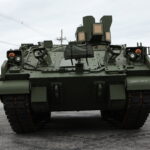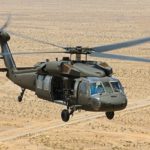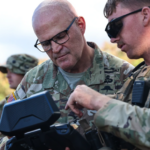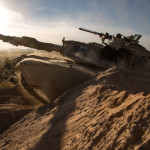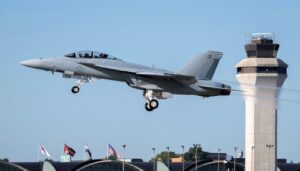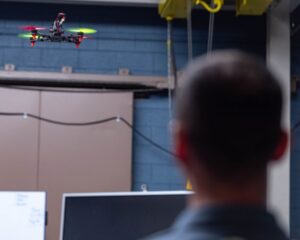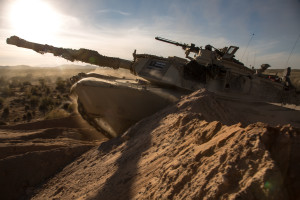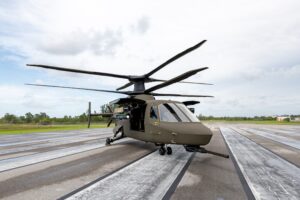
The Army is canceling its potential multi-billion dollar Future Attack Reconnaissance Aircraft (FARA) program, as part of a slate of changes to its aviation modernization efforts. The service announced the decision to cut the major aviation development effort, which was currently in a competitive prototyping phase with Bell [TXT] and Sikorsky [LMT]. “In reviewing the FARA program in light of new technological developments, battlefield developments and current budget projections, Army leaders assessed that the increased capabilities it offered could be…

 By
By 